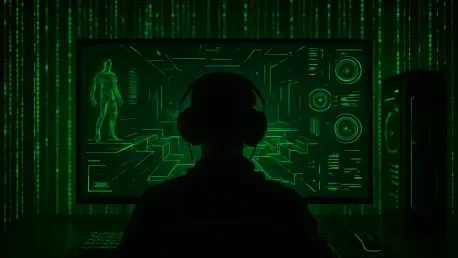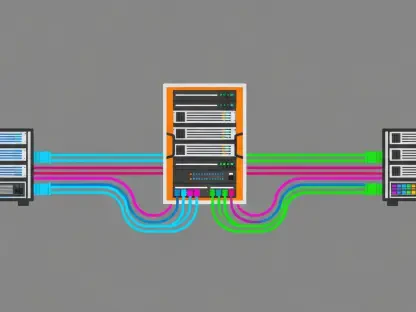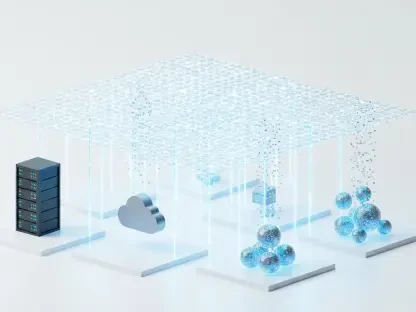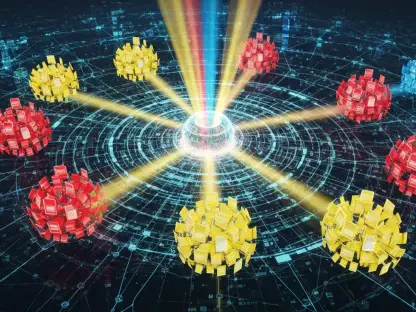In a landscape where artificial intelligence continues to transform industries at an unprecedented pace, the unveiling of a new open-source platform has sparked significant interest among developers and tech enthusiasts alike, marking a potential shift in how technology is accessed and developed. This groundbreaking release by Skywork, an advanced interactive world model, steps into the spotlight as a potential game-changer, challenging the status quo of proprietary systems. With restricted access to cutting-edge tools often stifling innovation, this new solution promises to democratize technology by offering unparalleled transparency and collaboration opportunities. As the AI community grapples with balancing competitive advancements and communal progress, the arrival of such a platform raises intriguing questions about the future of interactive modeling and its broader implications for artificial general intelligence (AGI). This development could very well mark a turning point, paving the way for a more inclusive approach to technological evolution.
Breaking New Ground in AI Accessibility
Unveiling a Transparent Alternative
The launch of Matrix-Game 2.0 by Skywork represents a significant stride toward making advanced AI technology accessible to a global audience. Unlike certain proprietary models that limit public access and leave developers speculating about their inner workings, this platform offers full transparency through comprehensive resources like technical reports and dedicated project repositories on popular platforms such as Hugging Face and GitHub. Announced during a major technology release week, this move underscores a commitment to fostering collaboration across the AI community. By providing open access to its framework, Skywork enables developers worldwide to explore, adapt, and enhance the model, potentially accelerating innovation in interactive world modeling. This transparency stands in stark contrast to closed systems, positioning Matrix-Game 2.0 as a beacon for community-driven progress in an industry often marked by restricted knowledge sharing. The implications of such openness could reshape how future AI tools are developed and shared.
Fostering a Collaborative Ecosystem
Beyond mere access, Matrix-Game 2.0 aims to cultivate a multi-model AI ecosystem where collective input drives advancement. Skywork’s strategic vision emphasizes the importance of engaging a diverse pool of contributors, from individual developers to large organizations, in refining and expanding the platform’s capabilities. This open-source initiative is not just about releasing a tool but about sparking a movement toward collaborative innovation that could influence the trajectory of AGI development. By breaking down barriers that proprietary models often erect, the platform encourages experimentation and adaptation across various applications, from virtual environments to game engines. Such an approach highlights a growing trend in the tech world where accessibility and communal effort are seen as critical to overcoming the limitations of isolated progress. The potential for this model to inspire similar initiatives suggests a future where AI development is increasingly inclusive and interconnected.
Technical Innovations and Industry Impact
Advancements in Real-Time Interaction
Matrix-Game 2.0 introduces remarkable technical enhancements that set it apart in the realm of interactive world modeling, particularly with its focus on low-latency, high-frame-rate performance. Operating at an impressive 25 FPS, the model supports real-time, long-sequence generation for extended interactions, making it ideal for creating dynamic virtual environments. Users can explore, manipulate, and construct these spaces through intuitive instructions, with the system demonstrating a sophisticated grasp of physical laws and scene semantics. This ensures lifelike character movements and logical consistency, even in challenging settings like uneven terrain or complex obstacles. Such capabilities mark a significant leap forward, breaking down traditional barriers between content generation and user interaction. The potential applications for this technology span diverse fields, offering a glimpse into how immersive experiences could evolve in the coming years with ongoing refinements.
Versatility Across Diverse Scenarios
Another standout feature of Matrix-Game 2.0 is its exceptional adaptability to a wide range of scenarios and visual styles, showcasing its cross-scenario generalization prowess. Whether applied to urban landscapes, wilderness settings, or artistic renditions like realistic or oil-painting aesthetics, the model maintains high performance and coherence. This versatility opens up numerous possibilities for implementation, from virtual human interactions to advanced game engines and embodied AI systems. The ability to seamlessly transition across different environments and styles without sacrificing quality or user control positions this platform as a foundational tool for creating universal virtual worlds. Additionally, its improved physical consistency enhances the realism of interactions, making experiences more controllable and engaging. As industries increasingly seek flexible AI solutions, this adaptability could drive broader adoption and experimentation, potentially influencing how virtual spaces are designed and utilized.
Shaping the Future of AGI Applications
Reflecting on the release of Matrix-Game 2.0, it becomes evident that its launch marked a pivotal moment in the journey toward accessible AI innovation. The emphasis on high-frame-rate generation, combined with robust adaptability and physical accuracy, provided a powerful alternative to restricted models, setting a new benchmark for what open-source platforms could achieve. Looking ahead, the focus should shift to leveraging this foundation for further advancements, encouraging developers to build upon the model’s capabilities in creating next-generation virtual environments. Exploring partnerships and integrating feedback from global contributors will be crucial in refining its features and expanding its reach. Additionally, prioritizing educational initiatives to familiarize emerging talent with such tools can ensure sustained progress. As the industry moves forward, the legacy of this release might well lie in how it inspired a collaborative spirit, urging stakeholders to rethink accessibility and innovation in AI for years to come.









